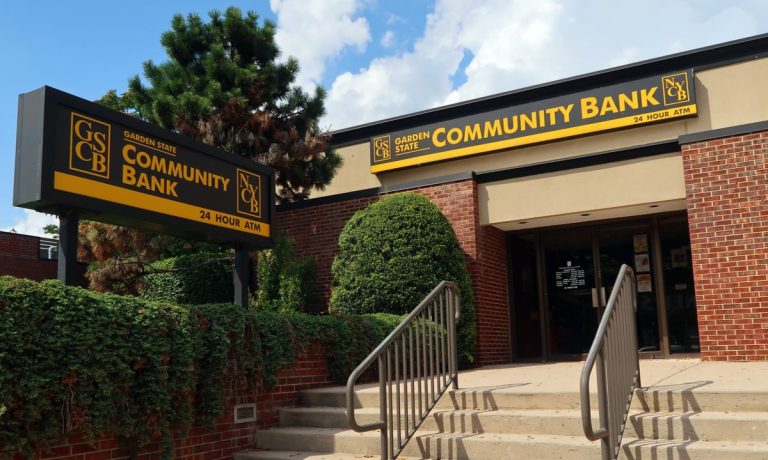
The bank runs are still fresh in our collective consciousness.
But for the community banks, the scramble to get deposits out seems to have abated.
And therein lies an opportunity for these smaller financial institutions (FIs) to reassure customers, to spur them to take stock of things — rather than panic.
Data released by the Federal Reserve last Friday (March 31) show that within “Assets and Liabilities of Small Domestically Chartered Commercial Banks in the United States,” there’s an encouraging sign. Deposits actually ticked up in the week that ended March 22, to $5.386 trillion, from $5.380 trillion in the week before — and that tally was off a staggering $196 billion from the week before.
Large time deposits, which are defined as deposits that are more than $100,000, grew, too, to $519.6 billion in the most recently reported week, from the $511.8 billion in the prior week.
Credit card and other revolving loans grew in the week that ended March 22 to $181.9 billion from the $181.7 billion in the prior week.
We’d hesitate to say that it’s business as usual. But it’s interesting to note that the deposit activity for larger banks shows what seems to be a bit of reversal. Between the week that ended March 17 and the week that ended March 22, deposits dropped to $10.65 trillion from $10.74 trillion.
The read-across is that consumers and enterprises are moving money around, to be sure, and have been moving them back to smaller players.
The debate continues to rage about what insurance deposit will look like in the months and years ahead. The collapses of Silicon Valley Bank (SVB) and Signature Bank — where uninsured deposits were effectively backstopped — may have given customers more confidence that the government will do the same with smaller FIs.
But as reported here, Treasury Secretary Janet Yellen said in the middle of last month that some banks may not get the same treatment that SVB and Signature Bank received.
We’ll know more about what regulators plan to do — or at least recommend doing — when the Fed and the Federal Deposit Insurance Corp. (FDIC) publish their findings on the seismic events of last month.
But if the Fed data point to a trend that is taking shape, it may be that banking customers are finding they are loathe to put all their (financial) eggs in one large, marquee banking names.
In an interview with Karen Webster, Amias Gerety, partner at QED Investors, said “It shouldn’t be the policy of the United States that we only want deposits in the 25 largest banks. I hope the policy debate is less about finger-pointing and more about what type of banking system we want, and the policies we need to get there.”
The financial services industry, he said, may see changes to deposit insurance and capital requirements; there’s also opportunity for these banks to foster long-lasting change beyond the frenzies of the past several weeks. As things stabilize, these smaller players can go back to their tried-and-true models. “With community banking,” he told Webster, “we can see a flowering of bank FinTech startups that are properly capitalized, and properly scaled, to become sustainable, high customer service models.”